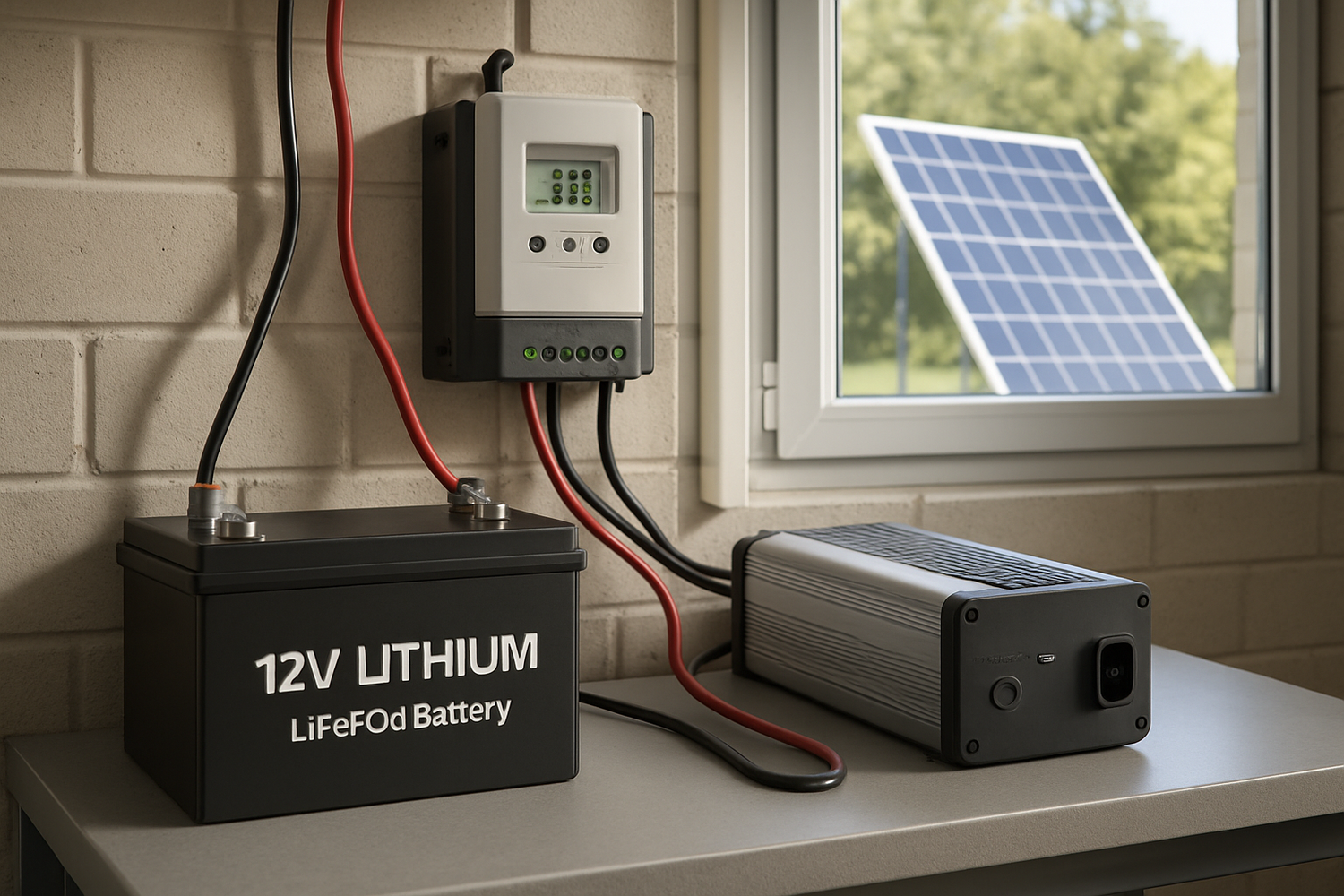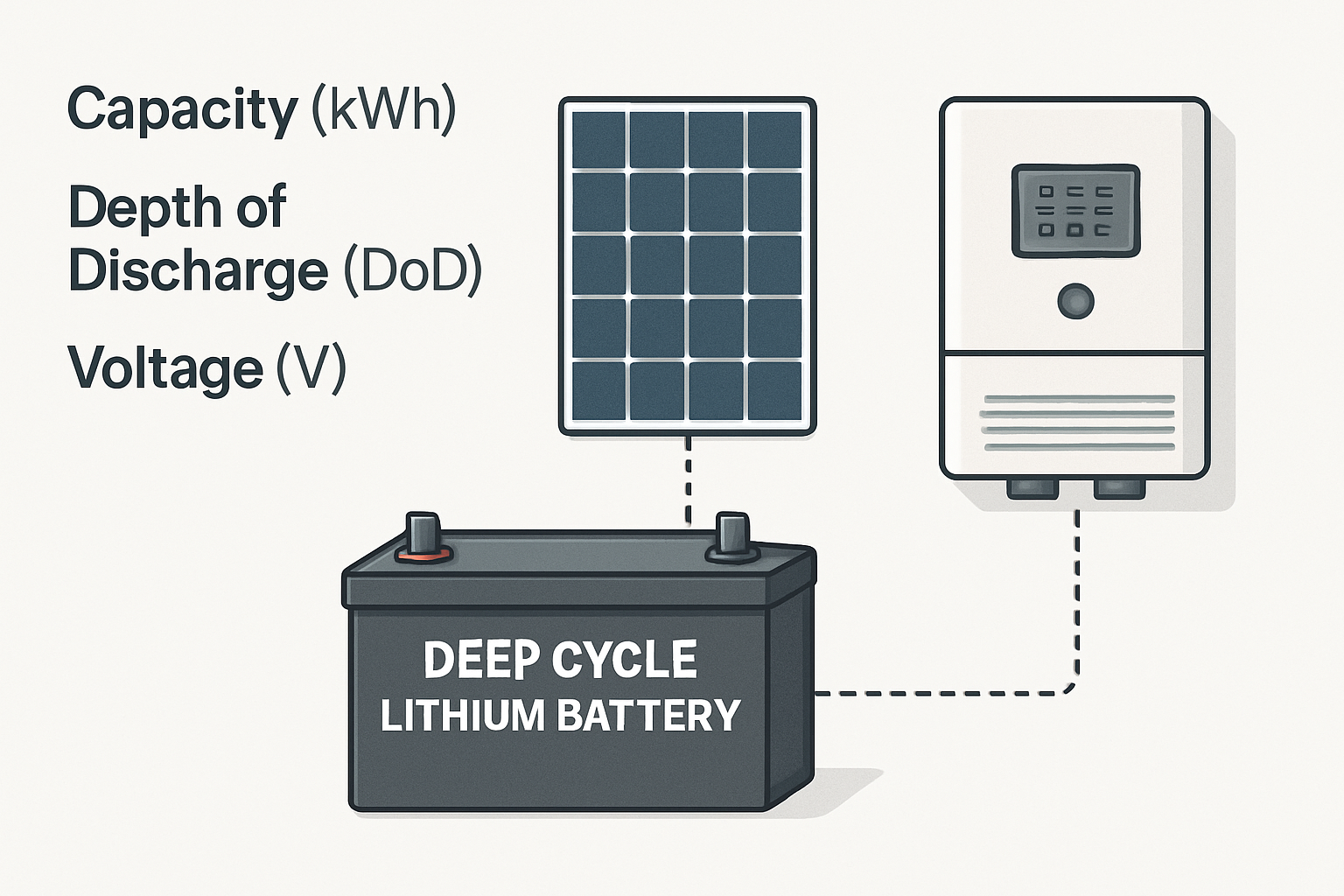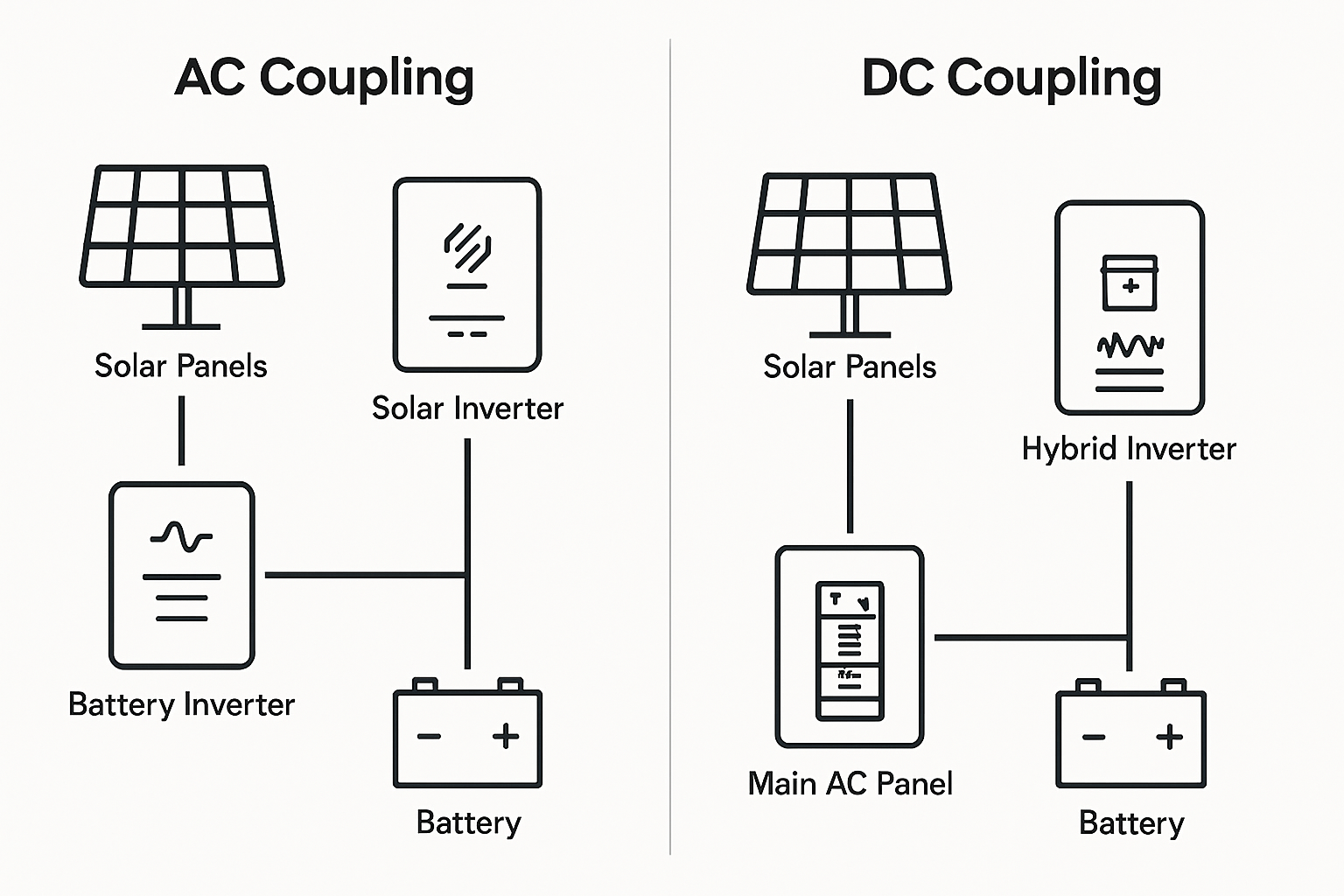Adding a battery to an existing solar system is a significant step toward achieving energy independence. By storing the excess power your panels generate, you gain control over your electricity supply, ensuring power is available day and night. A 12-volt lithium-ion battery pack offers a powerful, efficient, and scalable solution for this upgrade. This text explains the benefits, outlines the necessary components, and provides a clear process for a successful solar panel battery integration.
Why Choose a 12V Lithium-Ion Battery?
The choice of battery technology is critical for the performance and longevity of your energy storage system. Lithium-ion, specifically Lithium Iron Phosphate (LiFePO4), has become the standard for modern solar applications due to its superior characteristics compared to traditional lead-acid batteries.
The Performance Edge of Lithium Chemistry
Lithium-ion batteries provide a higher energy density, meaning they store more energy in a smaller and lighter package. They also boast a much longer cycle life, capable of thousands of charge and discharge cycles while retaining a high percentage of their original capacity. Another key advantage is their deep cycle capability, allowing you to use a greater portion of the battery's stored energy without causing damage. According to a report from the International Renewable Energy Agency (IRENA), battery storage is a key building block for the future of energy systems, with costs for technologies like lithium-ion falling significantly.
| Feature | 12V Lithium-Ion (LiFePO4) | 12V Lead-Acid (AGM) |
|---|---|---|
| Cycle Life | 3,000 - 6,000+ cycles | 300 - 700 cycles |
| Depth of Discharge (DoD) | 80% - 100% | 50% |
| Efficiency (Round-trip) | ~95% | ~80-85% |
| Maintenance | None required | Periodic checks may be needed |
Practical Benefits for Your Solar System
Integrating a 12-volt lithium-ion battery pack translates into tangible advantages. You gain resilience against power outages, providing an uninterrupted power supply for essential appliances. This upgrade also helps you maximize the use of your solar energy, reducing reliance on the grid and potentially lowering electricity bills, especially if your utility has time-of-use rates. Furthermore, 12V systems are inherently modular, making it straightforward to expand your storage capacity in the future by adding more batteries in parallel.
Key Components for a Successful Integration
To add a battery to your existing solar system, you need more than just the battery itself. A few key components work together to ensure the system operates safely and efficiently.
The Solar Charge Controller
The solar charge controller is the brain of your system. It regulates the flow of electricity from the solar panels to the battery, preventing overcharging and optimizing the charging process. For a lithium-ion battery for solar, it is crucial to use a charge controller with a specific LiFePO4 charging profile. An MPPT (Maximum Power Point Tracking) controller is highly recommended as it is more efficient at converting the panel's voltage, maximizing your energy harvest.
The Inverter: From DC to AC Power
Your solar panels and battery operate on direct current (DC) electricity, while most household appliances run on alternating current (AC). The inverter's job is to convert the DC power from your battery into usable AC power. A pure sine wave inverter is the preferred choice, as it produces clean, stable power that is safe for sensitive electronics like computers and medical equipment.
Wiring and Safety Components
Proper wiring and safety devices are non-negotiable. Use correctly gauged wires to handle the electrical current without overheating. Incorporate fuses or circuit breakers on the connections to the battery and other components. These devices protect your equipment and prevent potential hazards by interrupting the circuit in case of a short or overload.
The Step-by-Step Integration Process
Connecting your 12V lithium battery to solar panels is a methodical process. Following the correct order of operations is essential for safety and proper system function.
Planning Your System Upgrade
Before you begin, ensure all power sources are disconnected. Turn off your solar panels using a disconnector switch and disconnect any grid connection. Choose a location for your battery that is clean, dry, and well-ventilated. Lithium batteries are more tolerant of temperature fluctuations than lead-acid types, but they should still be protected from extreme heat or cold.
Connecting the Components
The sequence of connections is critical for the charge controller to correctly identify the system voltage and configure itself. Always follow this order:
- Battery to Charge Controller: Connect the positive and negative terminals of the 12-volt lithium-ion battery pack to the corresponding battery terminals on the charge controller. This allows the controller to power on and detect the 12V system voltage.
- Solar Panels to Charge Controller: Once the controller is powered by the battery, connect the wires from your solar panels to the PV input terminals on the charge controller.
- Inverter to Battery: Finally, connect the inverter directly to the battery terminals. The inverter draws a high current, so it should not be connected through the charge controller's load terminals unless they are specifically rated for it.
Configuring Your Charge Controller
After wiring, you must configure the charge controller for your lithium battery. Access the controller's settings and select the 'Lithium' or 'LiFePO4' battery type. If manual settings are required, set the charging voltages according to the battery manufacturer's specifications. A typical 12V LiFePO4 battery requires a bulk/absorption charge voltage of around 14.4V - 14.6V and does not require a 'float' or 'equalization' charge.
Maximizing Performance and Longevity
A properly installed solar system battery upgrade will provide reliable service for years. Understanding its features and how to monitor it will help you get the most out of your investment.
Understanding the Battery Management System (BMS)
Every quality 12-volt lithium-ion battery pack includes an internal Battery Management System (BMS). This electronic system is the battery's guardian, protecting the cells from overcharging, over-discharging, extreme temperatures, and short circuits. The BMS ensures safe operation and plays a vital role in the battery's long lifespan by keeping the individual cells balanced.
Monitoring and Maintenance
One of the great advantages of lithium batteries is that they are virtually maintenance-free. However, monitoring your system's performance is still a good practice. Many modern charge controllers and inverters offer monitoring apps that allow you to track energy production and consumption. For a comprehensive overview of key metrics, the Ultimate Reference for Solar Storage Performance offers valuable data on how to evaluate efficiency and cycle life, helping you confirm your system is operating at its peak.
A Resilient Energy Future
Upgrading your solar panels with a 12-volt lithium-ion battery pack is a direct path to greater energy resilience and efficiency. By storing your own clean energy, you reduce your dependence on the grid and take a crucial step towards a self-sufficient power solution. This integration empowers you to use solar power on your own terms, providing reliable electricity whenever you need it. The U.S. Department of Energy highlights that solar-plus-storage systems provide power regardless of weather or time of day, enhancing energy self-sufficiency.
Frequently Asked Questions
Can I add a lithium battery to any existing solar panel system?
Yes, in most cases you can. The most critical factor is ensuring your solar charge controller is compatible with lithium (LiFePO4) batteries or can be programmed with the correct charging parameters. If you have an older controller designed only for lead-acid batteries, you will need to replace it to safely and effectively charge a lithium battery.
How many solar panels do I need for a 12V 100Ah lithium battery?
The number of panels depends on your geographic location and daily sunlight hours. As a general rule, to effectively charge a 12V 100Ah battery (which holds about 1,280 Watt-hours of energy), you would typically want between 200 to 400 watts of solar panels. This allows the battery to be recharged in a single day of good sun exposure.
Is a 12-volt lithium-ion battery pack safe for home use?
Yes, they are very safe, especially when using the LiFePO4 chemistry. LiFePO4 is known for its exceptional thermal and chemical stability, making it one of the safest lithium battery types. A quality battery will always include an integrated Battery Management System (BMS) that provides multiple layers of protection against common electrical faults, ensuring safe operation within a home environment.





Leave a comment
All comments are moderated before being published.
This site is protected by hCaptcha and the hCaptcha Privacy Policy and Terms of Service apply.